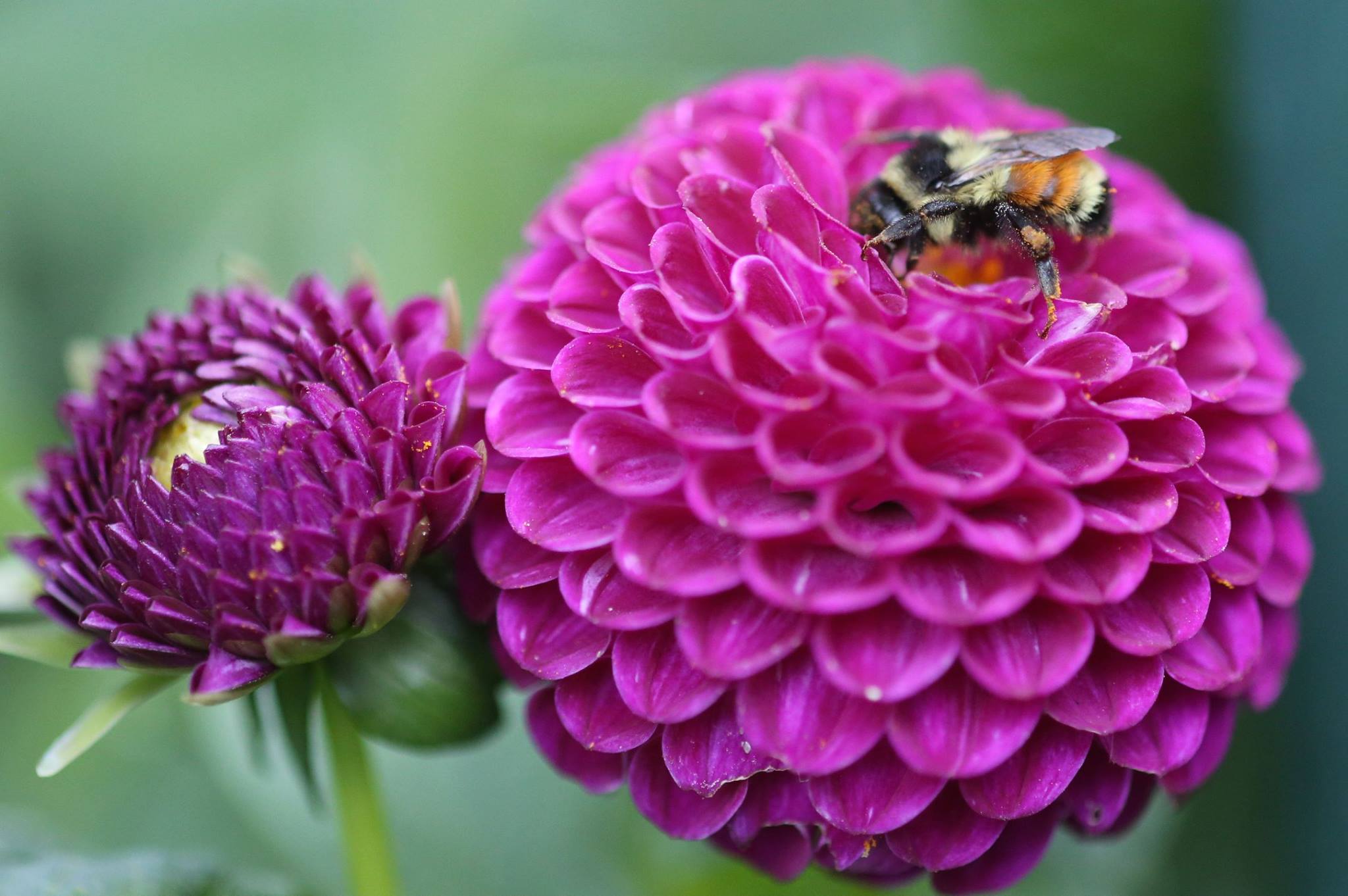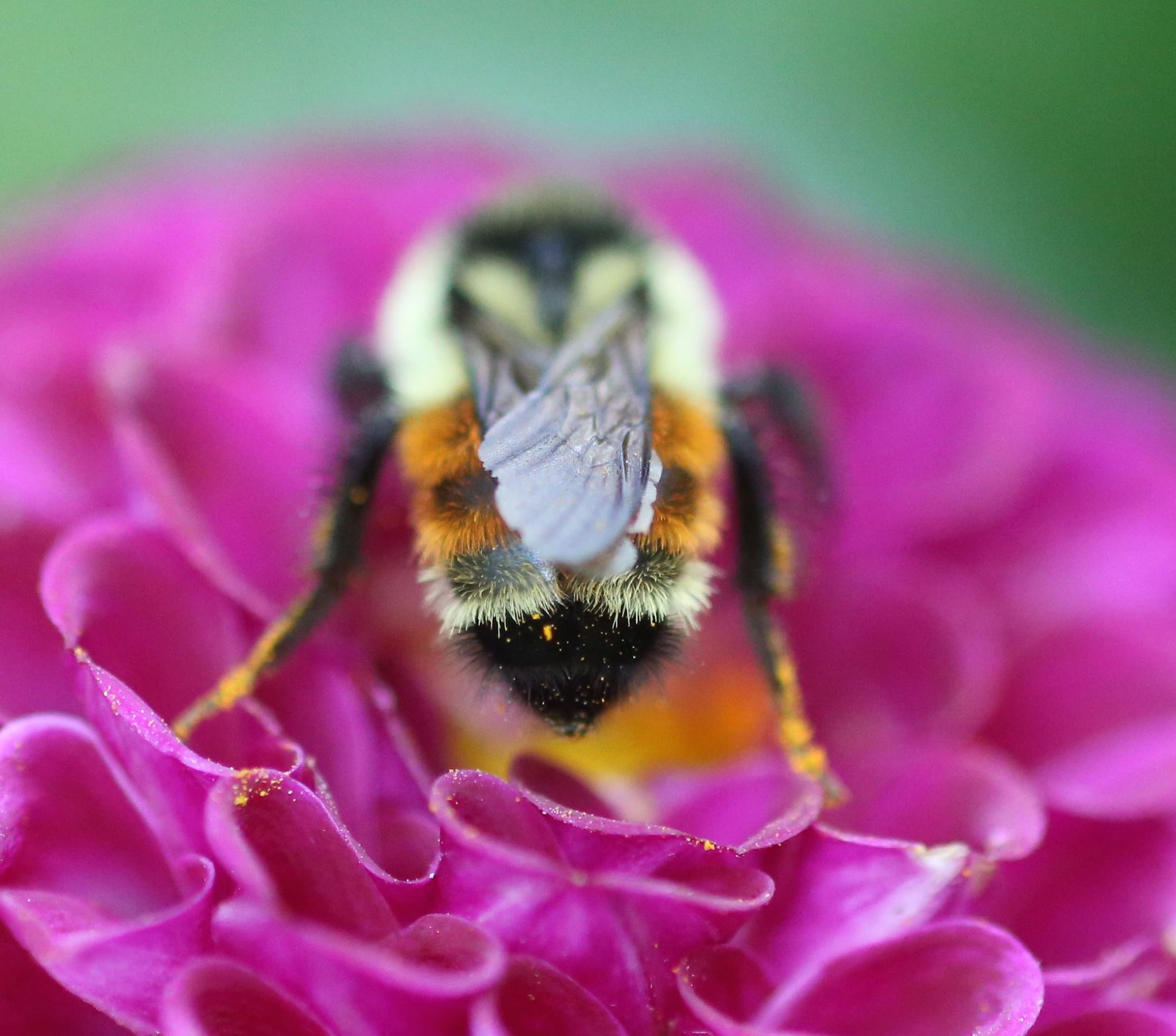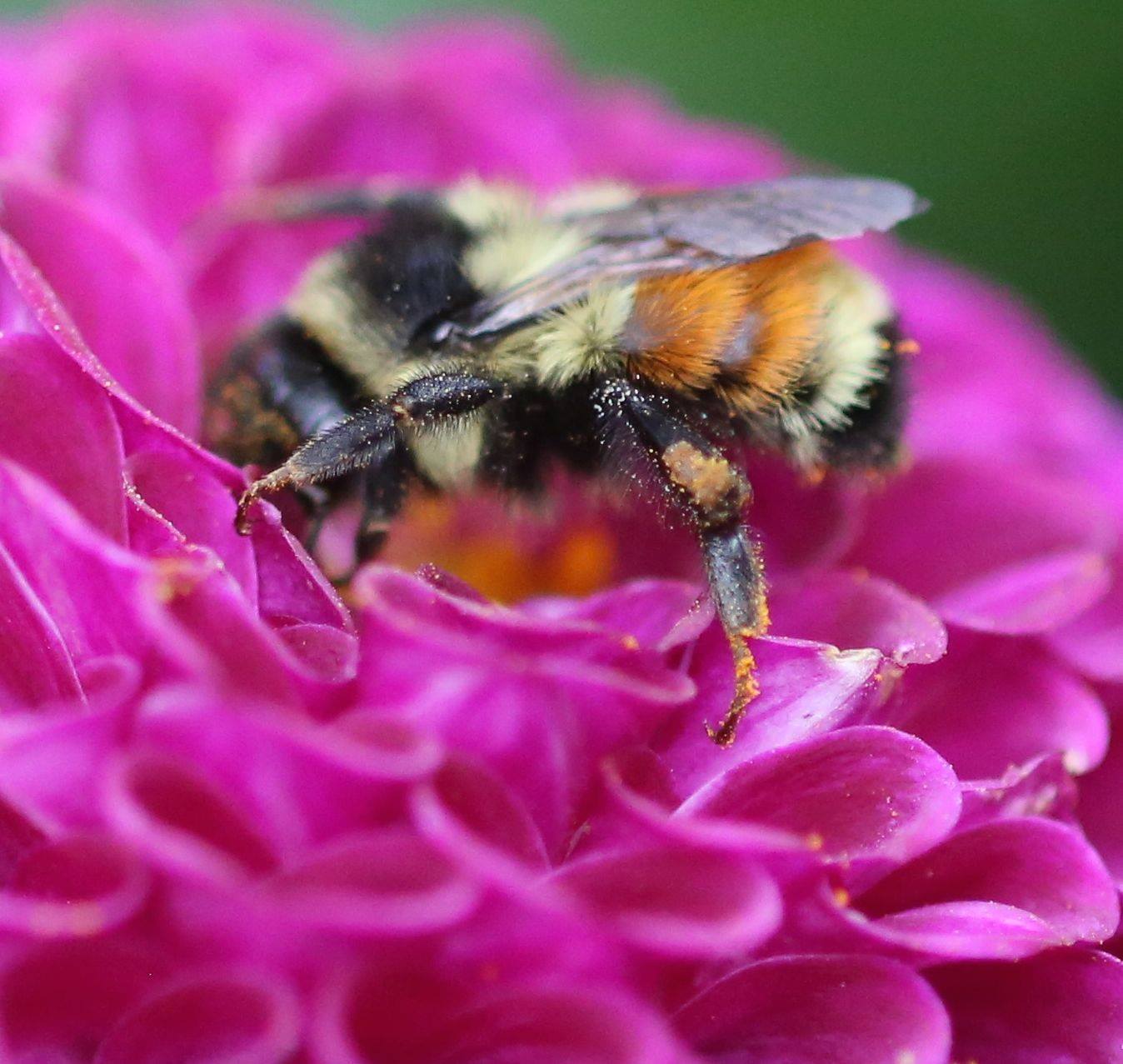Greetings to all friends of The Naturalist’s Notebook! We wanted you to know that we are planning a very different summer for 2015 at the Notebook.
Pamelia and I are taking a break from running two seven-day-a-week Naturalist’s Notebook spaces this season and instead will open only our Northeast Harbor site.
The Seal Harbor Notebook isn’t going away. We’ll continue to develop our nature installations in that 13.8-billion-year building for 2016 even as we focus on launching a spectrum of Notebook projects that we’ve been working on and are very excited about. (We’ll also be addressing some medical issues and traveling and I’ll be beginning my Sports Illustrated work on the 2016 Rio Summer Olympics.)
We’ll start our season around July 21 and be open 10 a.m. to 5 p.m., five days a week (closed Sunday and Monday), possibly six in August. We won’t run any workshops, but the Northeast Harbor Notebook will be filled with a new universe of fun, intelligence, interactions and shop-and-think installations to explore.
Pamelia and I had one of our most creative winters ever. We’ve done some sharp editing and begun the evolution of The Naturalist’s Notebook into its next phase, which will include a completely redesigned website (the two of us are having a blast building it ourselves) that will be the surprise-filled, interactive, 365-days-a-year hub of our unique 13.8-billion-year exploration of nature. We want to make the virtual Notebook as original, intelligent and fun as the physical Notebook spaces are.
We look forward to seeing at least some of you this summer and we thank you for your years of sharing in our continuing Notebook adventures. We hope that you’ll follow our popular Facebook page and explore the new website when we unveil it in the weeks ahead. Stay tuned.
Have a great summer exploring the nature of your life with binoculars, a microscope, a camera, a field guide…and of course a pen or pencil and a notebook!
With 13.8 billion good wishes,
Craig Neff and Pamelia Markwood




